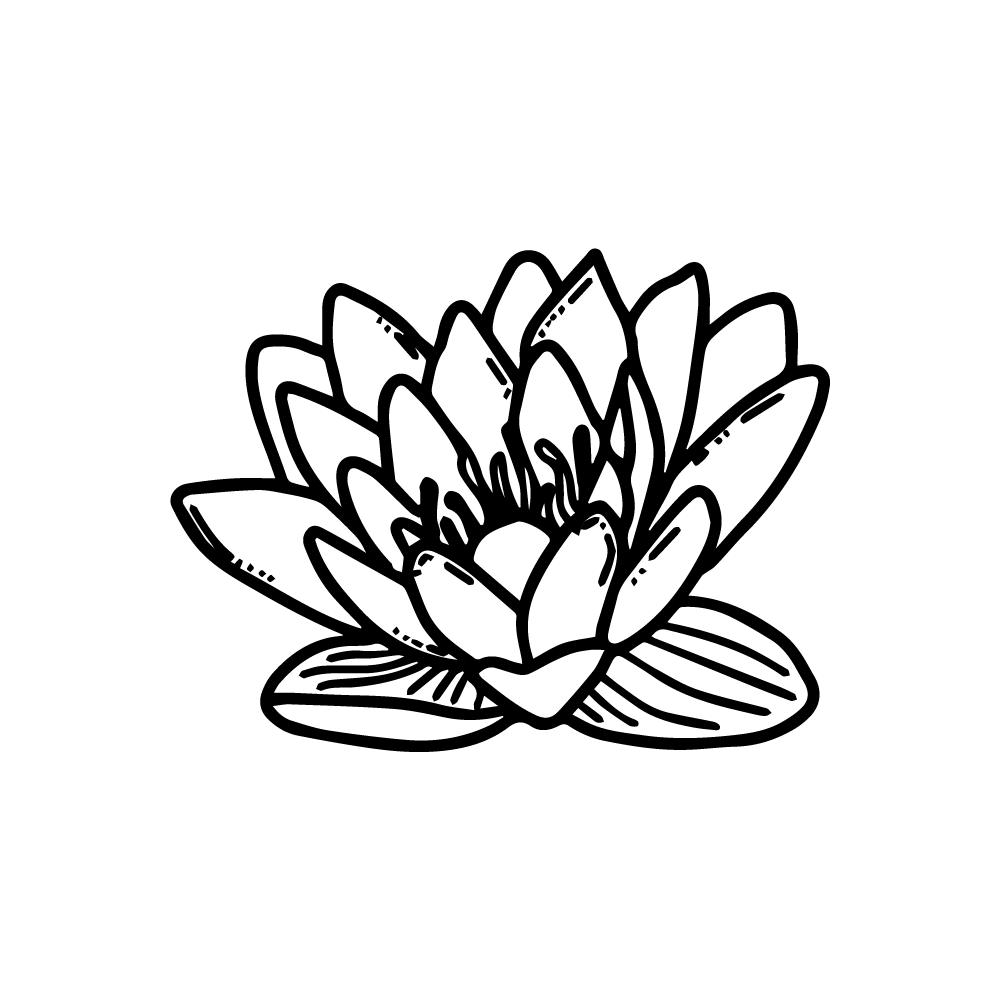Sacred lotus (Nelumbo nucifera) vector
Sacred lotus (Nelumbo nucifera) vector clip art in SVG and PNG, files are no background, transparent, black and white style.

About Sacred lotus (Nelumbo nucifera) vector
Sacred or Indian lotus – Nelumbo nucifera
Sacred lotus has a wide distribution area. It grows in the north-eastern part of Australia, the islands of the Malay Archipelago, Sri Lanka, the Philippine Islands, southern Japan, the Hindustan and Indochina peninsulas, and China. In Russia, the lotus is found in three places: along the shores of the Caspian Sea in the Volga Delta and the mouth of the Kura estuary, in the Far East and in the estuaries of Cuba, and on the eastern seaboard. Azov.
In Cuba, the lotus has emerged in modern times thanks to the enthusiasm of scientists. In 1938, the hydrobiologist S.K. Troitsky first began planting seeds brought from Astrakhan in the Kuban estuaries – reservoirs located along the eastern shore of the Sea of Azov, mainly in the Kuban River delta. In the 1960s, the botanist A.G. Shekhov started to revive the lotus in the estuaries and 10 years later the plants had grown and taken root.
The lotus is an amphibious herbaceous perennial plant. The stems of the lotus, which have grown into a powerful, thick rhizome, are submerged in underwater soil. Some leaves are underwater, scaly, while others are surface leaves, floating or raised high above the water. Floating leaves are on long, flexible petioles, flat and rounded. The leaves are tall, larger on the upright petioles, with a funnel shape 50-70 cm across.
The flowers are large, up to 30 cm across, with many pink or white petals, rising high above the water on a straight pedicel. Immediately below the attachment point of the flower is the so-called response zone, where the lotus changes its position under the sun. The centre of the flower is made up of numerous bright yellow stamens and a broad, inverted conical receptacle. The flowers have a light but pleasant fragrance. The fruits are multi-nut, inverted conical, resembling the bell of a garden watering can, with large sockets containing one seed each. They are dark brown, the size of a small acorn, with up to 30 seeds per fruit. They remain viable for a very long time in a dry place, sometimes for centuries.
In some cases, seeds in the Museum’s collections have germinated 150 or even 200 years after collection.
Information source: https://en.wikipedia.org/wiki/Nelumbo_nucifera